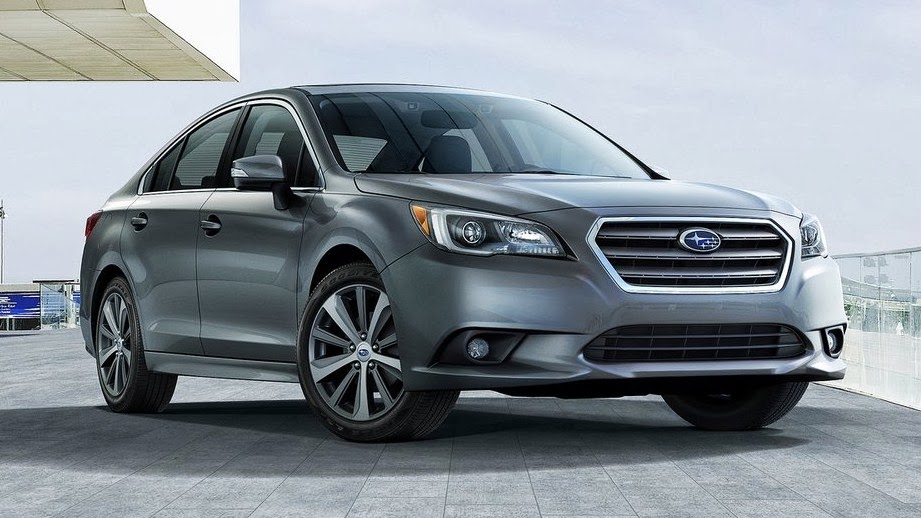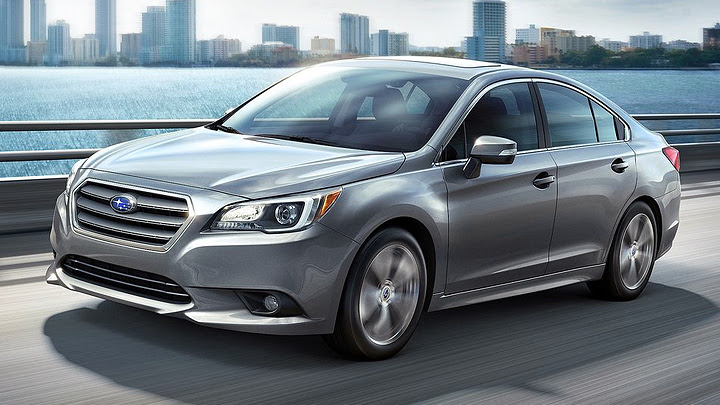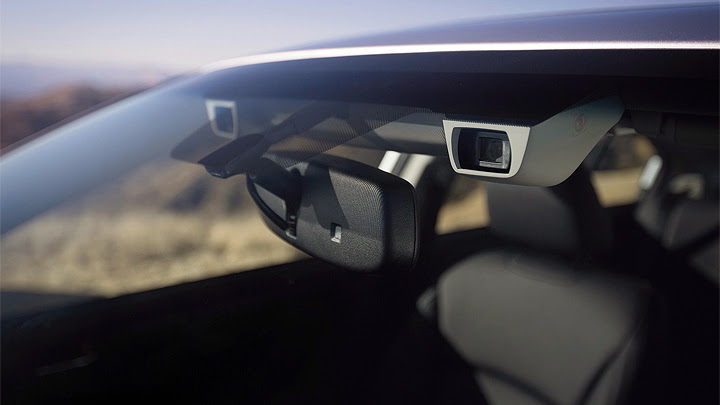 The dichotomy composed by reality and utopia already appears in countless aspects of our lives by itself, but it became even more popular when companies started to play with it. Fashion articles, for instance, almost never reach common stores like they appear at shows. Buildings never follow their blueprints to 100%, and so forth. Some people work with the utopic part, while others use the simple real world as their business opportunity. When it comes to automobiles, the results of dealing with that can go from Volkswagen XL1 to this article’s sedan.
The dichotomy composed by reality and utopia already appears in countless aspects of our lives by itself, but it became even more popular when companies started to play with it. Fashion articles, for instance, almost never reach common stores like they appear at shows. Buildings never follow their blueprints to 100%, and so forth. Some people work with the utopic part, while others use the simple real world as their business opportunity. When it comes to automobiles, the results of dealing with that can go from Volkswagen XL1 to this article’s sedan.
Sports cars are so revered around the world specially because of their tech-specs sheet and, in some cases, their automaker’s history, but those are only the more obvious reasons. What not many people realize is that this fame is relative. Bugatti Veyron’s power or Mercedes-Benz CLA’s aerodynamics are only famous because our world is filled with vehicles like Suzuki Alto and Volkswagen Caddy. If everyone lived among McLarens and Porsches, Jeeps and Land Rovers or Bentleys and Rolls-Royces, to give some examples, it wouldn’t take long for press and public to see compact cars with different eyes. Car enthusiasts’s bedrooms and screensavers would have pictures of Kia Opirus or Tata Indica, for starters.
Therefore, the very same relativity leads to think that it takes just a different look to acknowledge any everyday cars’s strengths, like comfort, reliability and safety at affordable prices. While some automakers prefer to work bringing a little of those wonderful cars to the real world, whether through equipments, performance or styling, Subaru sticks to a more realistic approach. It had its share of sports cars, indeed, but they’ve converged to WRX, which is a sporty variation of Impreza, and BRZ, whose project was shared with Toyota. The Subarus you really see at the streets are kei cars, in Japan, or Outback, in the U.S.. This is why the company focuses on them, although the situation could actually be a little better.







Since working with few models didn’t make many automakers successful, besides Volkswagen with Beetle and Transporter in the 1950s, the Japanese automaker started to invest harder on its other vehicles. Despite all the fanfare with which its concept car was received, weeks ago, Legacy’s new generation arrived looking much more conservative. If we remember in which category this car participates, it is much more likely to seduce those who were looking for Chevrolet Malibu and Honda Accord than to stop Ford Fusion or Kia Optima’s sales. Legacy is a great vehicle which has only turned better, but it’s primarily a rational sedan. Some clients prefer bolder cars, but the truth is the others have an interesting fan club, too.
Legacy’s design can only disappoint if you compare it to that concept’s. The hexagonal front grille, the two side creases, the irregularly-shaped tail lights… This sedan manages to be very attractive without being extravagant in any way. Having such short rear gives a hint of trend-following, but it doesn’t get to be mistaken for a four-door coupé. Everything has the proportions of a typical family sedan, but avoiding to look like it stayed in the 1990s. Preceeding Legacy’s release with that prototype was really unnecessary, because it only made the production car look like a toned-down version of it. Subaru did the same with WRX, but if something like this is being pointed as an important flaw, it means that both sedans are simply great.





Entering the car brings the same exact feelings you had with the outside. The dashboard is totally appropriate for Legacy’s main proposal, which means it looks just as any modern-but-not-revolutionary sedan’s. The equipment list now features 17” wheels, active grille shutters, brake-based torque-vectoring, electric power steering, LCD screen as instrument cluster and infotainment central with 6.2” touchscreen as standard. There are also dual-zone climate control, a more sophisticated central, ambient interior lighting, 10-way power driver’s seat, heated seats, steering wheel and shift knob in leather and Harman/Kardon audio system, with twelve speakers and 576 watts. Optionals include electronic safety systems, power sunroof and navigation system.
These items will be divided into a trim list composed by base, Premium and Limited levels, and equip a vehicle whose internal space was boosted by slight dimension increases. Habitability and safety were improved too, due to the adoption of more sound-deadening materials and more resistant components, whether in the structure or in the cabin – the chassis became 43% stiffer. There’s a 2.5L four-cylinder engine available for all trims, producing 175 hp and 174 lb-ft and reaching estimated 26/36 mpg. The Limited trim can be upgraded with the 3.6L six-cylinder, good for respectively 256 hp, 247 lb-ft and 20/28 mpg. All Legacies now use CVT transmission with paddle “shifters” as standard.